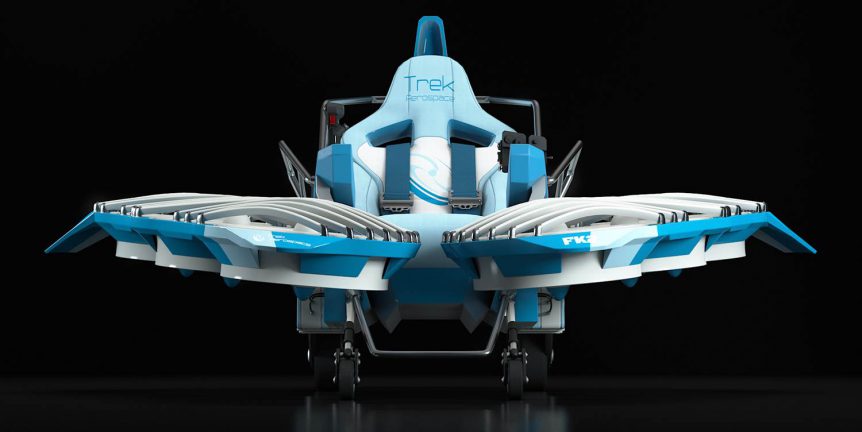Boeing just announced the ten winners of Phase I in its GoFly competition, in which entrants design, build and fly a “personal flying device.” As Boeing explains, contest rules are designed to enable entrants “To foster the development of safe, quiet, ultra-compact, near-VTOL personal flying devices capable of flying twenty miles while carrying a single person.” The list of partners and co-sponsors is impressive and includes virtually all major American aviation advocacy groups. As the Green Flight Challenge demonstrated seven years ago, prize money encourages a grand series of investments by individuals in hopes of winning a prize. In this case, 3,000 entries by 725 teams from 95 countries presented drawings and documents describing their proposed PFD, with a select 10 advancing to Phase II, which will require a demonstration of the proposed machine’s ability to perform as promised. “To be able to engage so many individuals from leading universities, major corporations and startups, and connect them through our community …
Going Over to the Dark Side
The University of Texas at Austin’s press release spells out the quantum-like behavior of photons striking solar cells, and provides some insight into why obtaining higher efficiencies so far has perplexed researchers. “AUSTIN, Texas — The efficiency of conventional solar cells could be significantly increased, according to new research on the mechanisms of solar energy conversion led by chemist Xiaoyang Zhu at The University of Texas at Austin. “Zhu and his team have discovered that it’s possible to double the number of electrons harvested from one photon of sunlight using an organic plastic semiconductor material. “’Plastic semiconductor solar cell production has great advantages, one of which is low cost,’ said Zhu, a professor of chemistry. ‘Combined with the vast capabilities for molecular design and synthesis, our discovery opens the door to an exciting new approach for solar energy conversion, leading to much higher efficiencies.’” Zhu and his team published their discovery December 16 in the journal Science, under the title …

